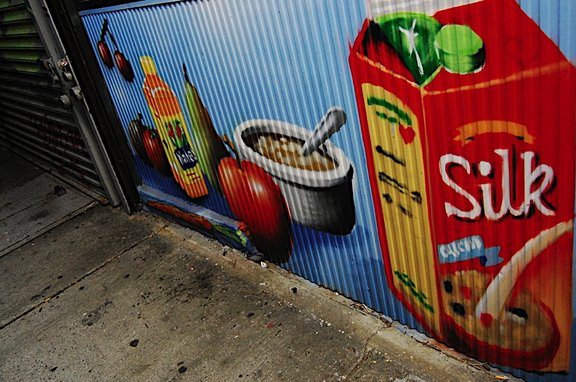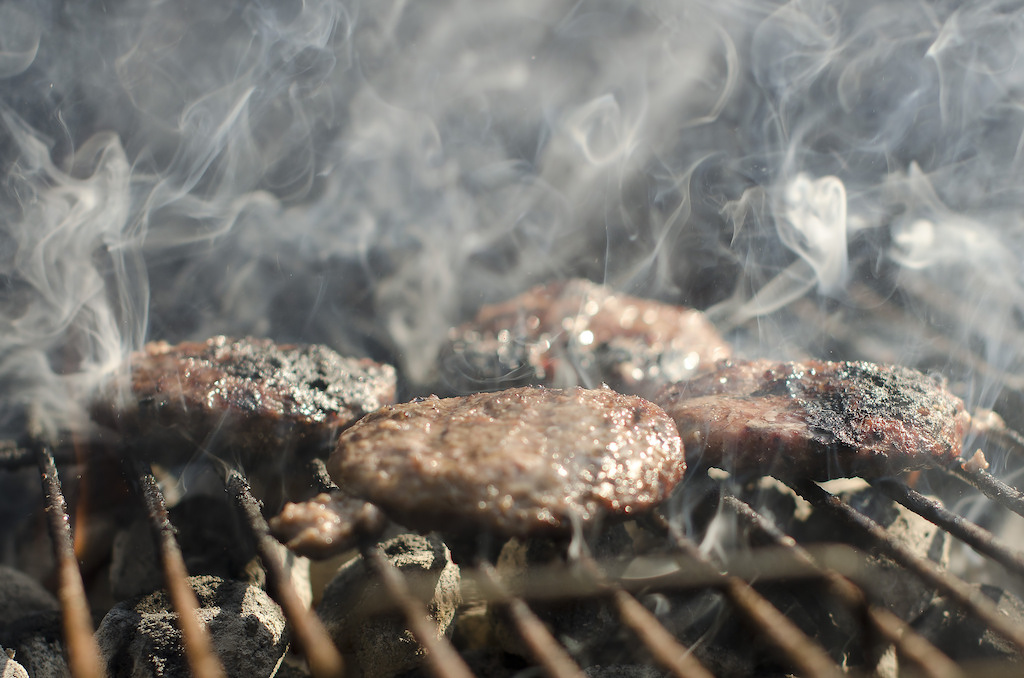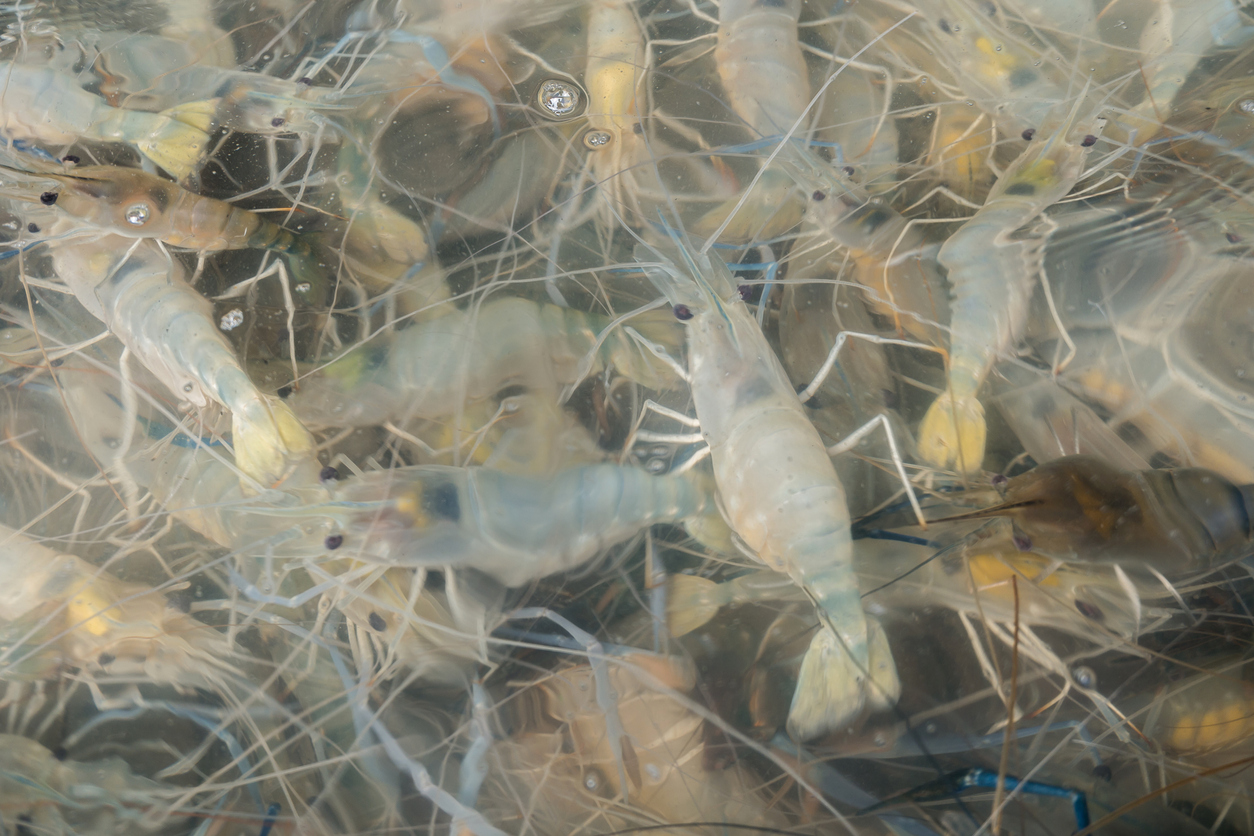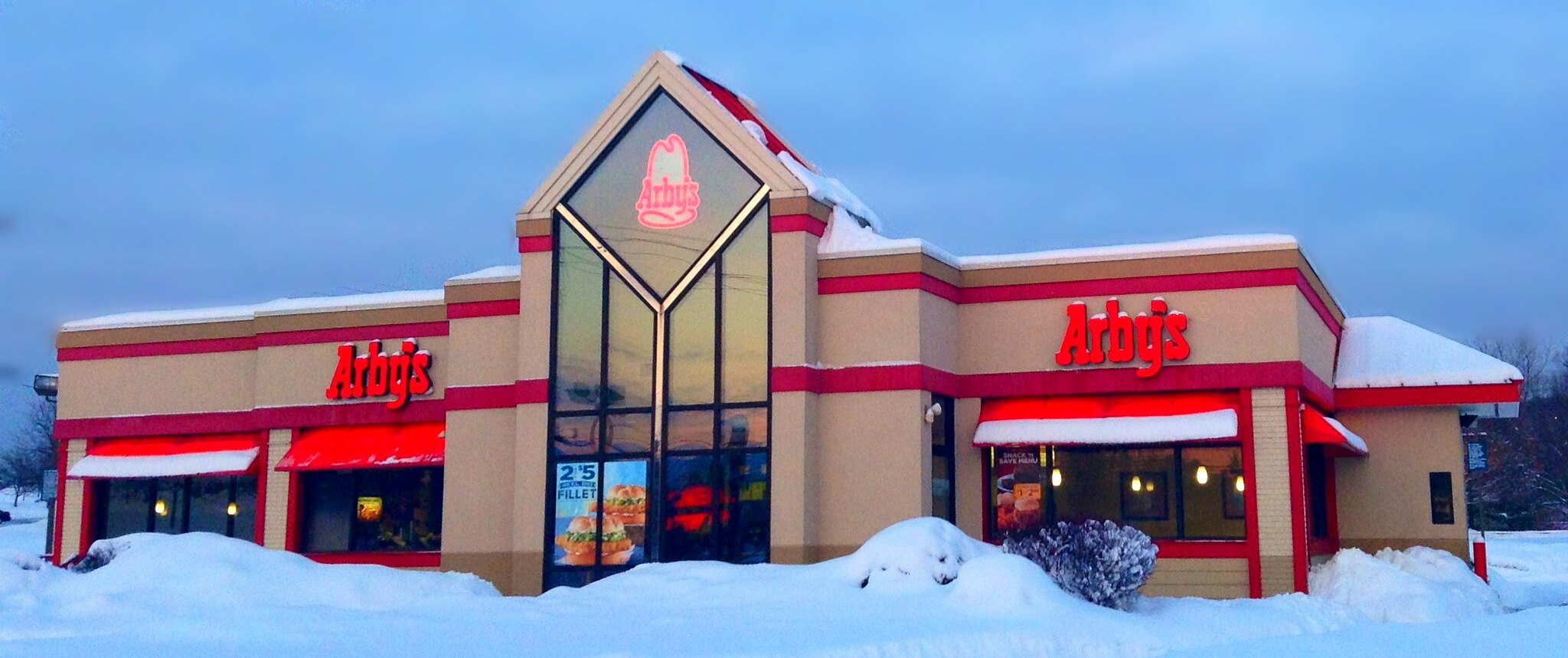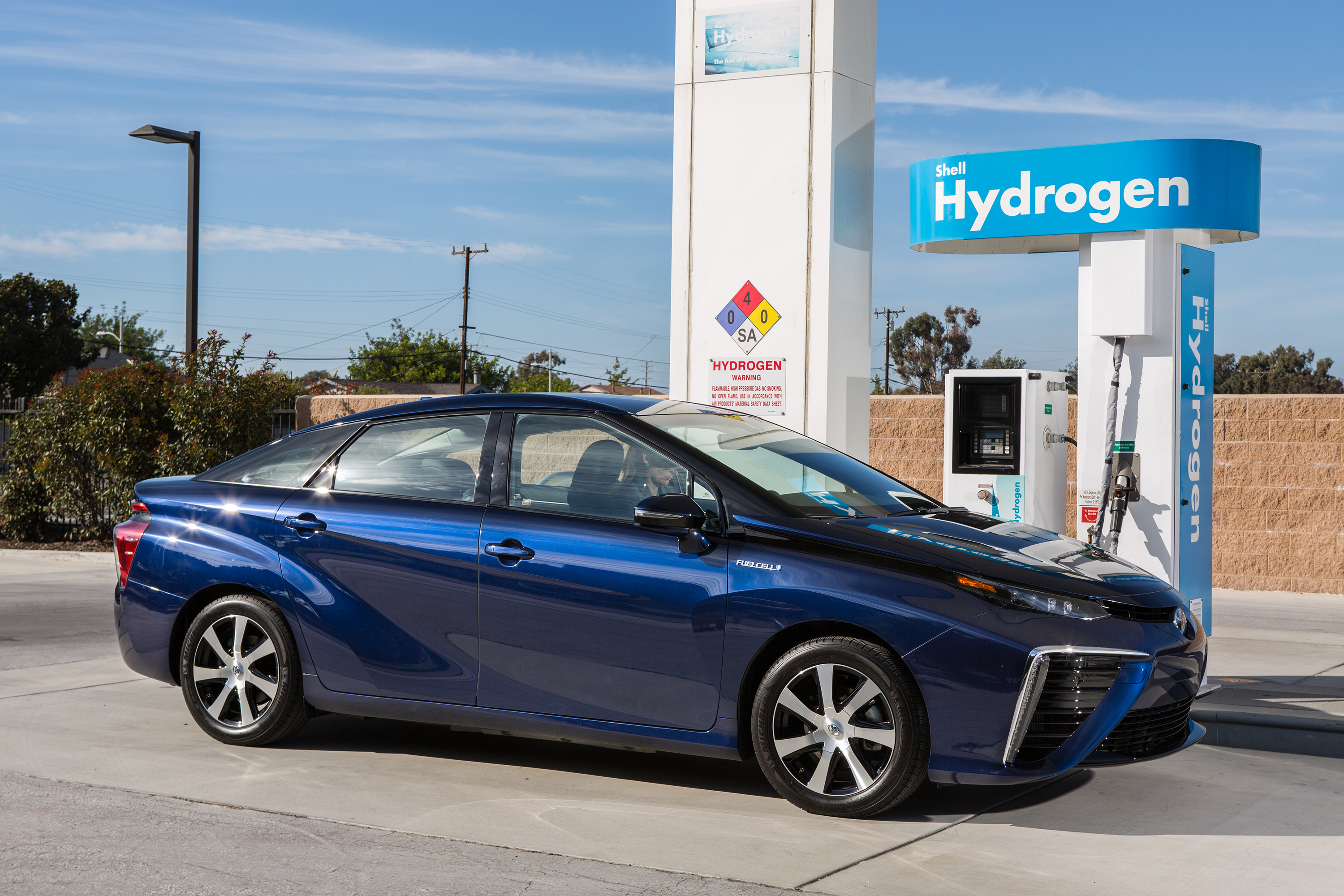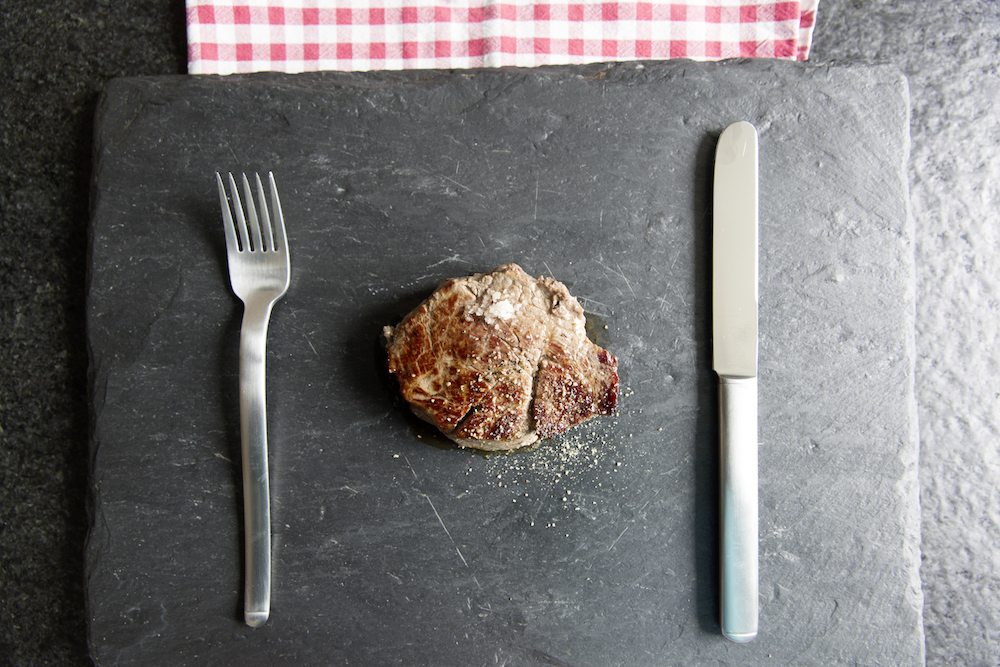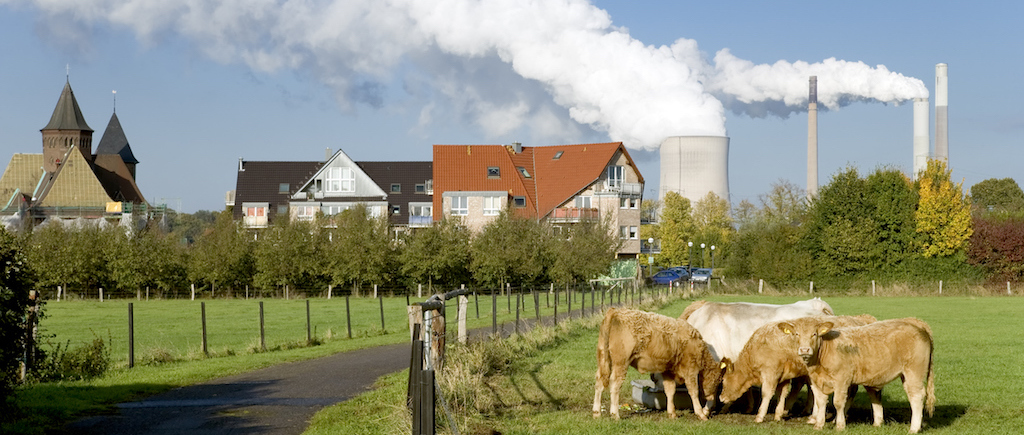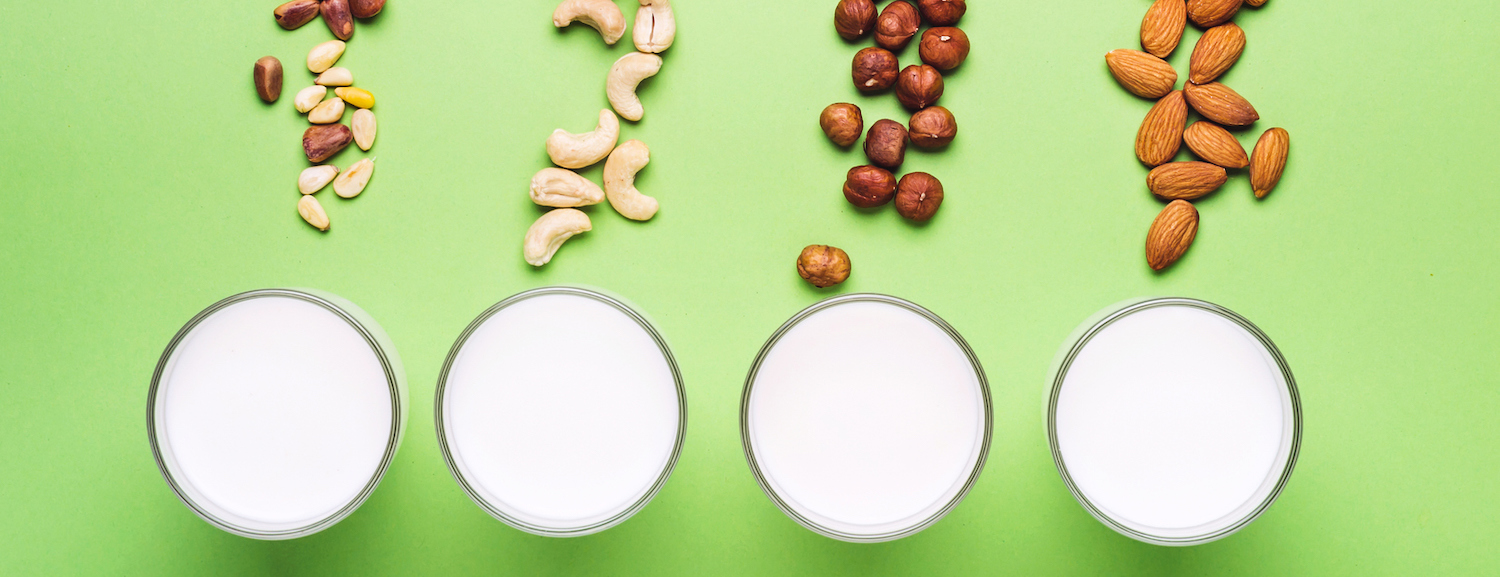On June 7, WhiteWave Foods, maker of plant-based food, including the brands Silk, So Delicious Dairy Free and Earthbound Farm Organic, announced that it had agreed to be acquired by the French food company Danone, best known in this country for its Dannon line of yogurt. The price: $56.25 per share, plus a bit of debt that Danone agreed to take on–or about $12.5 billion in all.
The next day, WhiteWave’s stock was trading at $56.64, or 39 cents above the acquisition price. If you bought at that price, you would pretty much be guaranteed that sometime late this year, when the deal closes, Danone would cancel your shares and pay you their price for them, leaving you with a loss of 39 cents per share.
If you follow the financial pages, you probably know where this is going. If not, stick around, it’s interesting.
Sometimes it feels like WhiteWave came out of nowhere, growing to a $4 billion company almost overnight. The actual story takes a bit longer, though it’s still pretty dramatic. The company got its start in 1977, when a free-spirited wanderer named Steve Demos borrowed $500 to start manufacturing tofu (a business WhiteWave shed long ago). He saw himself as on a mission to integrate soy into the American diet and a more ethical approach to business into the food industry.
It didn’t go so well. “At one time,” he told Elephant Journal in 2008, “we were the number one seller of virtually every category of vegan food that’s currently on the market, whether it was cheese-less pizzas, meatless burgers, meatless hot dogs, miso-based salad dressings, Hot Pocket entrées. And then we invented a whole bunch of stuff, too, things out of tempeh, seitan, things out of ready-to-eat tofu.
“We were like the old movie called War Games, where that kid sat and played war games in front of the computer and the computer was just spewing through scenarios. We were the war game scenario of what would stick with soy. How are we going to convince the American consumer to eat lower on the food chain? Because it embraced everything we were after—non-violence, environmentalism, organics.”
The scenario that finally stuck was Silk, a soy-based milk, launched in 1996. Within five years, WhiteWave claimed to be the largest purchaser of organic soybeans in the world, and sales had gone from $8 million to more than $135 million. Dean Foods, the dairy giant and WhiteWave’s biggest minority investor, acquired the company in 2003. Demos departed, and without his influence, WhiteWave’s commitment to organic standards wavered, even as its popularity continued to grow—the company started selling “all-natural” Silk made with conventional soybeans, but the packaging was mostly indistinguishable from the familiar organic version. Dean, saddled with debt, eventually spun WhiteWave off in a $391 million initial public offering in 2012.
WhiteWave acquired Earthbound Farm in 2014
WhiteWave became a Wall Street darling. In the food category, it was one of the fastest growing companies around, acquiring the likes of Wallaby Organic, Vega Foods, and Earthbound Farm, and delivering a compound annual growth rate (CAGR) of 19 percent. The growth came at a cost, though, and by the beginning of this year, WhiteWave had run up debt of almost $2.3 billion.
The pace of growth was also impossible to maintain. This past February, WhiteWave Foods reported spectacular results: its second consecutive quarter with more than $1 billion in sales, net income up 46 percent for the quarter and 20 percent for the year, with plant-based foods up 29 percent and premium dairy (including recently acquired Wallaby yogurt) up 18 percent. Sometimes, though, spectacular is still below expectation. The company’s stock dropped by 30 percent from its peak three months earlier, and commentators started talking about WhiteWave as an acquisition target.
Danone wasn’t necessarily the obvious candidate, but the deal makes sense. The companies give each other access to significant markets: The United States ranked third in its contribution to Danone’s overall sales in 2014, while WhiteWave does 85 percent of its business here, and only 15 percent in Europe. Danone expects the acquisition to help double the size of its U.S. business. The products made by the two companies are complementary, and WhiteWave brings a reputation in the trending plant-based category. The companies also estimate that there are $300 million in synergies to be harvested—mostly costs that can be eliminated, and mostly in the United States.
Danone now owns WhiteWave
But to return to the point we started with, why would anyone pay more for WhiteWave’s stock than Danone is willing to pay?
Here’s the thing: The price Danone is paying is high by normal standards. But it’s not high compared to what similar companies have been able to get lately. On just-food.com, Pablo Zuanic, an analyst at SIG, explained by looking at multiples—the relationship between the acquisition cost and EBITDA (earnings before income taxes, depreciation, and amortization) and sales. “Danone is paying 19.8x EBITDA and 2.3x sales,” he said. “On an EBITDA basis, the multiple paid by Danone is below the 23x [Pinnacle Foods] paid for Boulder and the 25x [General Mills] paid for Annie’s. Based on our FY16 estimates, a 25x EBITDA multiple would imply a share price of almost $69, or a 23% premium to the current Danone offer.”
And that’s your answer: There are a significant number of folks out there who think WhiteWave is worth more than Danone is offering. The deal has been accepted by management, but could still be rejected by shareholders. The high-ballers are betting that WhiteWave can get a better offer, either from Danone or from some other suitor. There would be financial penalties, but when you’re talking billions, you don’t necessarily worry about the odd hundred million here and there.
Who’s right? Time will tell. But the cool thing is that in the meantime, you can see which way the tide is turning by watching the stock price. Below $56.25, and the market is betting that the deal goes through. Above, and a lot of fairly smart folks are putting their dollars on the likelihood of a better deal. As I write this, it’s at $56.12, but there are months until the deal closes.
Let the horserace begin.
